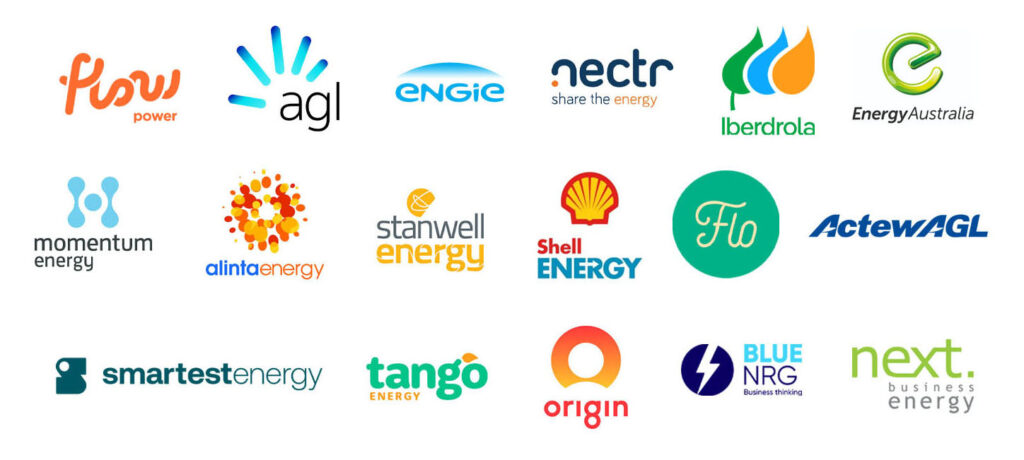The recent fire at a large-scale battery facility in Geelong Victoria did not trigger price volatility in the electricity futures market because it was still in the commissioning stage, meaning there was no critical loss of dispatchable power.
The fire broke at the 300 megawatts and 450 megawatt-hour plant took three days to bring under control.
While the incident did not trigger the astronomical spot prices and eventually futures prices that were experienced following the Callide C explosion and Yallourn coal mine flooding.
The explosion at CS Energy’s Callide C left almost half a million Queensland homes without power for hours and the sudden loss of 835 Megawatts caused wholesale prices to soar to $14,700 per MWh – $14,647 more expensive than the average cost per MWh last year.
Authorities investigating “thermal runaway” reaction
It is understood that the fire at the Geelong battery was caused by what is called “thermal runaway”. Simply put, this occurs when a battery cell malfunctions, heats up, and spreads to the cell next to it, causing a chain reaction.
Fortunately, the project was in the commissioning stage, where all subsystems of the plant were integrated to form the final plant process. Think of it as linking all separate components into one giant process.
The commissioning process would have resulted in electricity being stored, but seeing as it was in the final testing phase, this would not have been counted as part of the electricity supply.
This meant that prices were not affected, but the reliability and safety of such systems will now be scrutinised as Australia continues the transition to renewable energy, backed up by battery storage.
Battery technology shifting to lithium iron phosphate
Australian Energy Market Operator data shows 260 megawatts of batteries connected to the National Electricity Market, and a 21,000-MW pipeline of storage projects for the next 10 years.
The National Energy Market is constantly in motion with futures trading and the market itself establishes futures prices by attempting to predict future levels of supply and demand. If that delicate balance is tipped either way, price volatility surges dramatically because uncertainty creates risk and a risk premium is then added to the price.
The plant’s activities are set to resume, but energisation will not go ahead until the outcome of an investigation into the fire satisfies all safety concerns.
A spokesman for the Australian Energy Market Operator said the organisation remained confident of the key role batteries would play in the energy system.
The utility battery industry is also developing new technologies that will see a shift to lithium iron phosphate (LFP) batteries (not to be confused with lithium-ion) specifically due to their strong safety performance.
Follow the latest news in the energy sector
Events like the recent battery fire, the Callide C explosion or the Yallourn mine flooding can affect energy supply and prices.
Any supply event can trigger price volatility, and as a top energy broker in Australia, Leading Edge keeps track of such events to provide our clients with sound advice for meeting their energy efficiency and savings goals. Head over to our Blog and News section to stay updated.
Want some help staying ahead of energy price volatility? Call our Energy Experts at 1300-852-770 or e-mail us at hello@leadingedgeenergy.com.au and let’s talk about how you can save on your commercial electricity costs.
We source, analyse, compare and rank commercial, industrial and multisite energy quotes. Obligation Free.
Chat with one of our experienced consultants today and get the insights your business needs to help manage the risks associated with volatile electricity and natural gas markets. Our energy procurement service is obligation-free and provides a time-saving way of securing lower energy rates from our panel of energy retailers.















